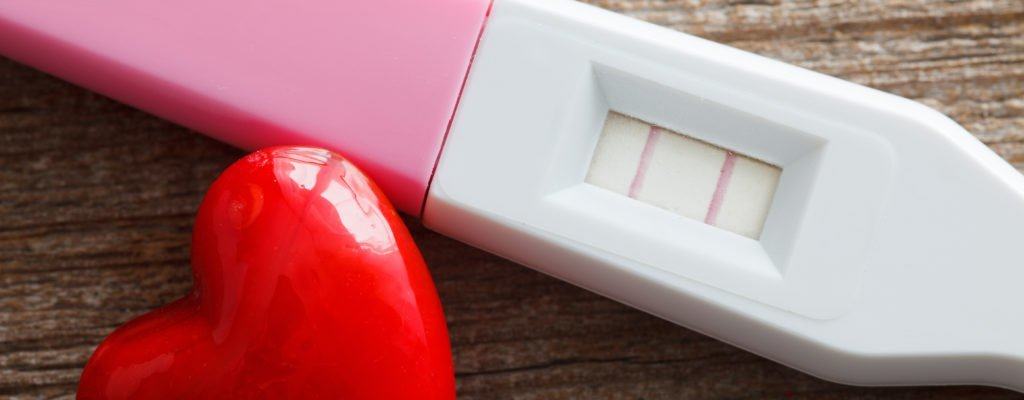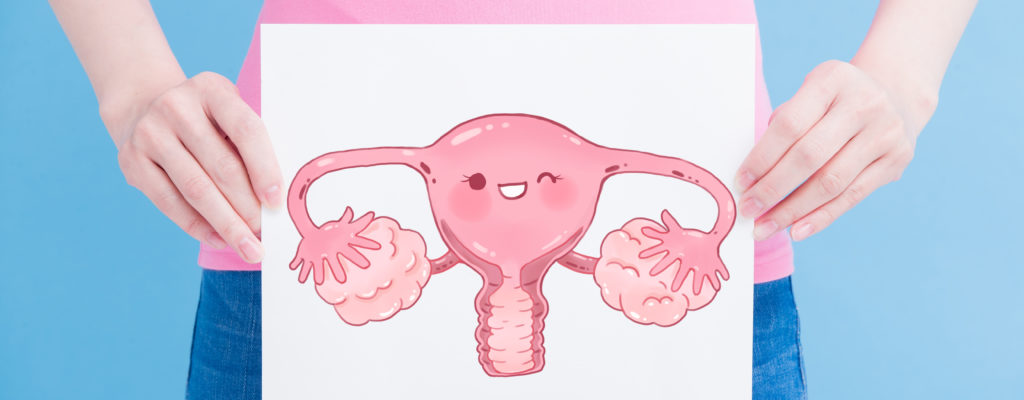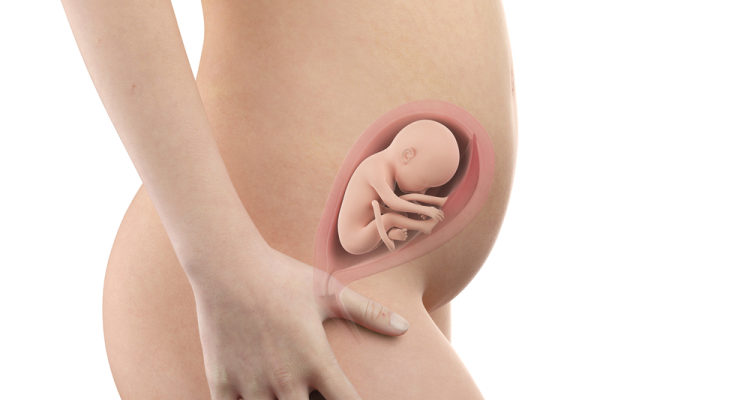
If the cervical mucus is lost, the pregnant mother is about to go into labor or is it still waiting? The answer is dependent.
Although the loss of cervical mucus may be a sign that labor is on the way, it is not the only or most important symptom of uterine contractions or rupture of amniotic fluid. However, it is important to recognize when you have lost your cervical mucus and be aware of the symptoms and signs of labor.
What is cervical mucus block?
The cervical plug is a block of mucus that helps protect the cervix. During pregnancy, the cervix releases a thick, jelly-like fluid to keep the area moist and protected. This fluid then accumulates and seals the cervical canal, creating a thick mucus node. The mucus acts as a barrier and can prevent bacteria and other sources of infection from entering the uterus .
Losing the mucus plug that blocks the cervix during pregnancy can be a sign of the beginning of childbirth. As the cervix begins to widen in preparation for delivery, the mucus is released into the vagina.
The time between the loss of a mucus node and the onset of labor is not fixed. Some pregnant women have a period of time from losing their cervical mucus to entering labor within hours or days, while others have not been in active labor for several weeks.
Symptoms of labor
You may experience some symptoms of impending labor. Loss of mucus and loss of cervical mucus is one of them. However, if you only lose the mucus blocking your cervix, you can still be pregnant for a few more weeks.
Labor symptoms and signs include the following:
1. Lower abdomen
The lower abdomen will sink as the fetus begins to fall low in the pelvis. The downward movement of the fetus will make it easier for you to breathe, but it will press against the bladder. Lower abdominal prolapse shows that the fetus is slowly getting into position to facilitate labor.
2. Broken amniotic fluid
This happens when the amniotic sac that surrounds the baby is torn and the amniotic fluid leaks out. Amniotic fluid can be discharged in large amounts or in small increments. Once the amniotic fluid breaks, uterine contractions will appear. These contractions get stronger, last longer, and more often as the cervix dilates and is cleared in preparation for childbirth.
3. Remove the cervix
The cervix has to become thinner and stretch to let the fetus pass during vaginal delivery. As your due date gets closer, your doctor will do an exam of your cervix to estimate how well your cervix is open.
4. Open the cervix
The cervical removal and opening are two of the main signs that labor is in progress. The doctor will measure the opening of the cervix. Usually, a 10 cm enlarged cervix means full opening and you are ready to enter the birth stage. Even so, the cervix may open 1 to 2 centimeters several weeks before labor actually takes place.
5. Strong, steady uterine contractions
The contractions of the uterus is the way that your body is made to remove and open the cervix, to help the baby move down. Estimate the timing between each mound and whether or not it goes in a rhythm. Strong, steady contractions in progress mean it's time to go to the hospital.
Read part 2 to learn more about this!












